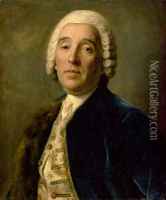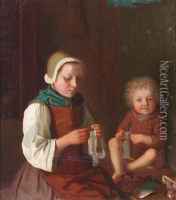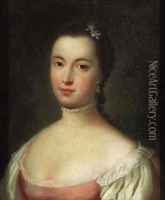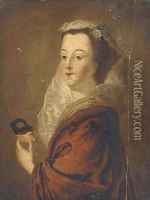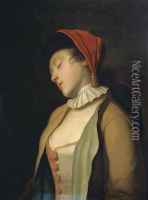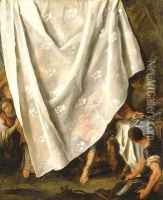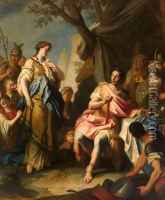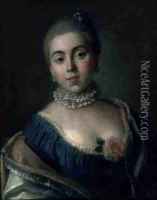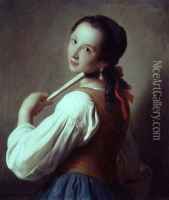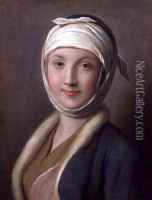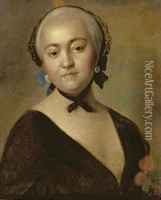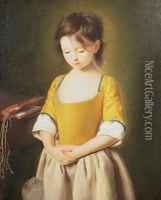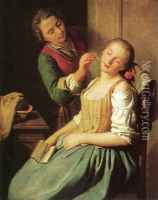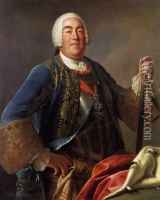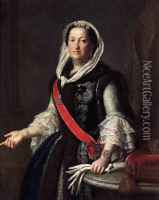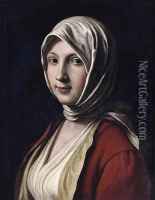Pietro Antonio Rotari Paintings
Pietro Antonio Rotari was an Italian painter of the Baroque period, born in 1707 in Verona, Italy. His early life was marked by his apprenticeship with Antonio Balestra, a prominent painter of his time, which significantly influenced Rotari's development as an artist. Rotari's initial works were primarily religious in nature, reflecting the dominant themes of the Baroque period with their dramatic intensity and emotional depth.
As he matured as an artist, Rotari's style evolved, showing a marked interest in portraiture and genre painting. This shift can be attributed to his travels across Europe, especially his time in Vienna, where he was influenced by the works of contemporary European artists. His portraits, often characterized by a delicate handling of light and an acute attention to detail, gained him recognition and patronage across the aristocracies of Europe.
In 1756, Rotari moved to Russia at the invitation of Tsarina Elizabeth, where he became a court painter. This period marked the pinnacle of his career, with Rotari producing a vast number of portraits, particularly of women from the Russian court. These works are notable for their expressive qualities and the skillful depiction of fabrics and textures, which added a sense of realism and vibrancy to his subjects.
Rotari's influence extended beyond his lifetime, with his works being collected by European royalty and nobility. Despite his success, he remained deeply connected to his Italian roots, often reflecting the stylistic and thematic influences of his early training in his works. Pietro Antonio Rotari passed away in 1762 in St. Petersburg, Russia, leaving behind a legacy that is celebrated for its contribution to the development of portrait painting in the 18th century.
